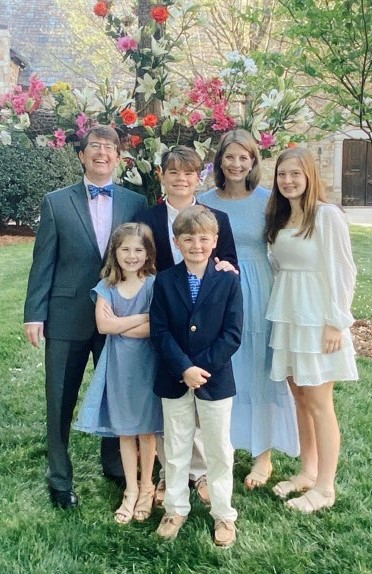Slip or trip and fall cases are no laughing matter for victims. You suffer the embarrassment of a public tumble that leaves serious injuries in its wake.
Even worse, you get a lot of pushback from the insurance company, claiming it’s your fault that you fell. While these cases can be hard to win without a sharp injury attorney, one major fact can dispel a major defense.
The Defense
The defense insurance companies use is called “lack of actual or constructive notice.” It forces accident victims to prove the business knew or should’ve known about the dangerous condition that caused the fall. That can be hard, especially if you don’t have any legal experience in these cases.
This defense must be dealt with in virtually every fall case. Because it can be so successful, it’s got to be addressed artfully. I call it the “how were we supposed to know” defense because it makes you prove exactly that—why the business should’ve known there was a dangerous condition on its premises that caused your injuries. And it can be overcome if you’ve got the right facts and you know what to do with them.
Professionals know what to do with these facts. Thy're called South Carolina personal injury lawyers, and we exist for one major reason- protect your right to a good settlement. Get your questions answered in a free, no pressure strategy session with a Spartanburg, SC accident attorney. Call toll free at 888-230-1841 or fill out a Get Help Now form.
South Carolina law virtually eliminates the lack of notice defense for some cases—if they involve the right fact.
The Fact: A "Created Danger Case"
In South Carolina, you don’t have to prove notice if you can prove a single fact: you got hurt from an item placed on the premises by the owner or the owner’s employees. The law comes from a 1997 South Carolina Court of Appeals case called Cook v. Food Lion. Here’s what happened there and what it could mean for your case.
Cook fell on a wrinkled floor mat that store employees admittedly placed by the exit doors. The Court of Appeals gave this case type a name, calling it a “created danger case.” The Court ruled that for a created danger case, the victim could prove fault, called negligence, by showing the owner or its employees created the condition causing the fall. The Court explained it this way:
In the present case, Food Lion's employees created the allegedly dangerous conditions by placing the mats by the exit doors. Thus, it was not necessary for Cook to show that Food Lion employees had notice that the floor mats were wrinkled or bunched immediately prior to Cook's fall.
So if your case involves the owner or its employees creating the condition causing the fall by putting something on the floor, you don’t have to prove anyone knew or should’ve known about it. That makes sense if you think about it—the business already knew because they put it there. So the insurance company’s cries of “we didn’t know, and we couldn’t know” will likely amount to nothing.
It’s Still Not a Slam Dunk
You’ve still got to deal with presenting a convincing case that does away with the most dangerous, often unspoken, defense: “why didn’t you look where you were going?” It often comes in under another common defense, “comparative negligence.” That’s where the insurance company blames you, which can reduce your settlement—or, if a jury finds the fall was even slightly more your fault than the business’s, you get nothing.
If you’re seriously hurt, you’ve got too much at stake to risk falling prey to the all-out attack the insurance company will no doubt launch to keep you from getting anything at all, much less a proper amount. You owe it to yourself to seek legal advice- for the best reasons. If you’ve got questions about your slip or trip and fall case, fill out our Get Help Now form or start a live chat right where you sit. You’ll get a response from an experienced fall injury attorney. Feel free to schedule a free strategy session with us by calling our office at 888-230-1841.


